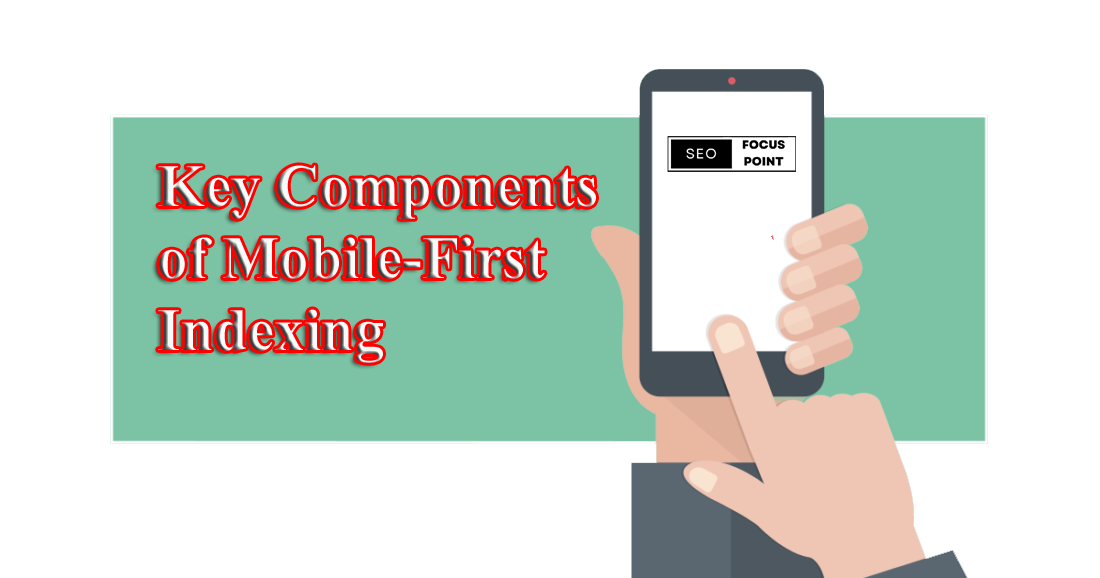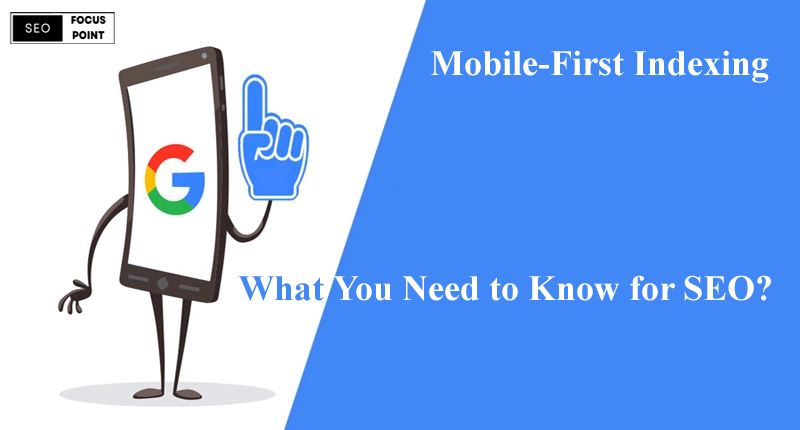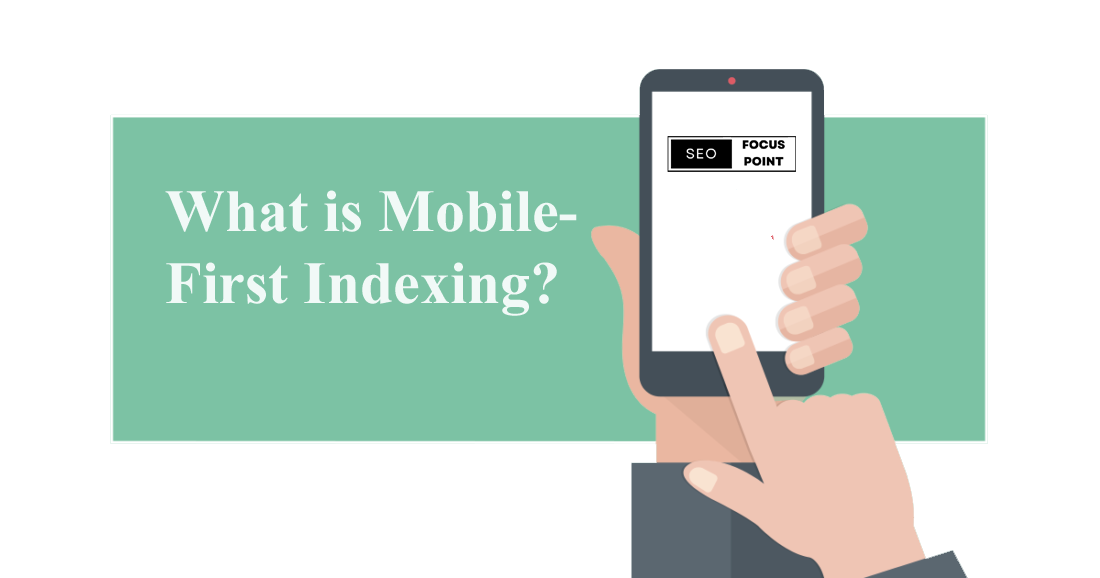In the ever-evolving landscape of digital marketing, staying ahead of the curve is not just an option—it’s a necessity. One such seismic shift that has reshaped the way websites are ranked on search engines is the advent of Mobile-First Indexing. As more users embrace the convenience of smartphones for their online endeavors, Google has responded by prioritizing mobile content over desktop in its search algorithms.
In this comprehensive guide, we delve into the intricacies of Mobile-First Indexing, demystifying its impact on Search Engine Optimization (SEO) and providing you with the knowledge and strategies needed to thrive in this mobile-centric era.
Join us as we navigate through the why’s, how’s, and what-to-do’s of Mobile-First Indexing, ensuring that your website not only adapts to the ever-growing mobile user base but also excels in the competitive realm of online visibility. Whether you’re a seasoned SEO professional or a newcomer to the digital marketing arena, this guide is tailored to equip you with the insights and best practices necessary to optimize your site for a mobile-first future. Let’s embark on this journey together, unlocking the power of Mobile-First Indexing for SEO success.
What is Mobile-First Indexing?
Table of Contents
Why Mobile-First Indexing Matters?
In the fast-paced world of online search, adaptation is the key to relevance. Mobile-first indexing isn’t just a trend; it’s a fundamental shift in how search engines rank and prioritize content. Understanding why Mobile-First Indexing matters is crucial for anyone invested in optimizing their website for search engines. Here’s why:
Google’s Emphasis on Mobile Users
- Over the years, the number of users accessing the internet through mobile devices has skyrocketed. Google recognizes this shift and aims to cater to the majority of users who rely on smartphones for their online activities.
Increase in Mobile Searches
- The surge in mobile searches is undeniable. Users now turn to their smartphones to find information, products, and services on the go. Mobile-First Indexing ensures that websites catering to mobile users are given precedence in search results.
Impact on Search Rankings
- Google now uses the mobile version of a website as the primary factor for indexing and ranking. This means that if your site isn’t optimized for mobile, you could see a decline in search rankings, potentially affecting your online visibility and traffic.
Enhanced User Experience (UX)
- Mobile-First Indexing is not just about satisfying search engine algorithms; it’s about providing a better experience for users. Websites optimized for mobile devices typically load faster, have better navigation, and offer an overall improved user experience.
Adaptation to User Preferences
- Users expect seamless experiences across devices. With Mobile-First Indexing, Google encourages website owners to adapt to these preferences, ensuring that your content is readily accessible and user-friendly on various screen sizes.
Future-Proofing Your SEO Strategy
- As mobile technology continues to advance, Mobile-First Indexing is likely to become even more critical. Investing in mobile optimization now not only aligns with current trends but also future-proofs your SEO strategy against upcoming changes in search engine algorithms.
In essence, Mobile-First Indexing matters because it aligns with the changing dynamics of user behavior, search engine algorithms, and the digital landscape. To stay competitive in the online arena, understanding and implementing mobile optimization strategies is no longer an option—it’s a necessity. In the next sections, we’ll explore the key components of Mobile-First Indexing and how you can ensure your website not only meets but exceeds mobile user expectations.
Key Components of Mobile-First Indexing
To harness the full potential of Mobile-First Indexing and elevate your website’s performance in search results, it’s imperative to grasp the essential components that define this paradigm shift. Here are the key elements you need to focus on:

Mobile-Friendly Design and Responsive Web Development
- Definition: Mobile-friendly design ensures that your website adapts seamlessly to different screen sizes and resolutions, offering an optimal viewing experience across devices.
- Impact: Google prioritizes websites with responsive designs, considering them more user-friendly and accessible. This design approach eliminates the need for separate URLs for mobile and desktop versions.
Importance of Mobile Page Speed
- Definition: Mobile page speed refers to how quickly your web pages load on mobile devices. It directly influences user experience and, consequently, search rankings.
- Impact: Google uses page speed as a ranking factor for both desktop and mobile searches. A fast-loading mobile site not only enhances user satisfaction but also aligns with Google’s criteria for ranking high-quality content.
Mobile User Experience (UX) Considerations
- Definition: Mobile UX encompasses the overall experience users have when interacting with your site on mobile devices, covering aspects like navigation, readability, and ease of use.
- Impact: A positive mobile UX contributes to lower bounce rates and higher user engagement, signaling to search engines that your content is valuable and user-friendly. This, in turn, positively affects your search rankings.
Responsive Images and Multimedia
- Definition: Images and multimedia elements that adjust to different screen sizes without compromising quality or loading times.
- Impact: Optimizing images and multimedia for mobile ensures that your content remains visually appealing without causing slow load times. This contributes to a smoother user experience and supports Mobile-First Indexing requirements.
Consistent Content Across Devices
- Definition: Ensuring that the content on your mobile version is consistent with the desktop version, including text, images, and multimedia elements.
- Impact: Content consistency helps search engines understand the relevance and context of your pages, avoiding confusion and ensuring accurate indexing. It also contributes to a seamless user experience across devices.
Understanding and implementing these key components will lay the foundation for a website that not only complies with Mobile-First Indexing but excels in providing a positive and consistent user experience. In the following sections, we’ll delve deeper into each of these components, offering actionable insights and best practices to guide you in optimizing your site for the mobile era.
Google’s Mobile-First Indexing Process
To navigate the landscape of Mobile-First Indexing successfully, it’s crucial to comprehend how Google undertakes the process of indexing mobile content. This section sheds light on the intricacies of Google’s approach, outlining the steps involved and the implications for your website:
Overview of Mobile-First Indexing
- Definition: Mobile-First Indexing means that Google predominantly uses the mobile version of a site for indexing and ranking. This represents a shift from the traditional approach, where the desktop version took precedence.
- Implication: Your site’s mobile version becomes the primary reference point for Google’s algorithms. If your mobile content is not up to par, it can lead to lower rankings in search results.
Crawl and Indexing Differences Between Desktop and Mobile
- Crawling: Google’s bots crawl mobile pages more extensively, evaluating the mobile version’s content, structure, and links.
- Indexing: The indexed content is based on the mobile version, emphasizing the importance of ensuring that all critical content is present and accessible on the mobile site.
Canonicalization and Hreflang for Mobile Versions
- Canonicalization: It involves specifying the preferred version of a page to avoid duplicate content issues. The canonical tag should point to the mobile version for Mobile-First Indexing.
- Hreflang Tags: If your site has multiple language versions, hreflang tags should be implemented consistently across both desktop and mobile versions to signal the relationship between equivalent pages.
Understanding these nuances in Google’s Mobile-First Indexing process is pivotal for optimizing your website effectively. It’s not just about having a mobile-friendly site; it’s about aligning with Google’s indexing priorities to ensure your content is accurately and prominently represented in search results. In the upcoming sections, we’ll explore practical strategies to enhance your site’s mobile compatibility and address common challenges in the Mobile-First era.




